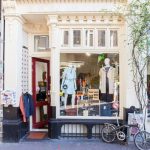Why Storefront is the Airbnb for Commercial Spaces: A Deep Dive
Greetings from the heart of the retail revolution! Here at Storefront, we’ve been at the forefront of a transformative shift in the commercial real estate industry. Just as Airbnb redefined the residential property landscape, we’re proud to be known as the “Airbnb for commercial spaces” or even the “Airbnb of retail.” But what does this comparison truly entail? Let’s embark on this journey together.
The Evolution of Short-Term Rentals
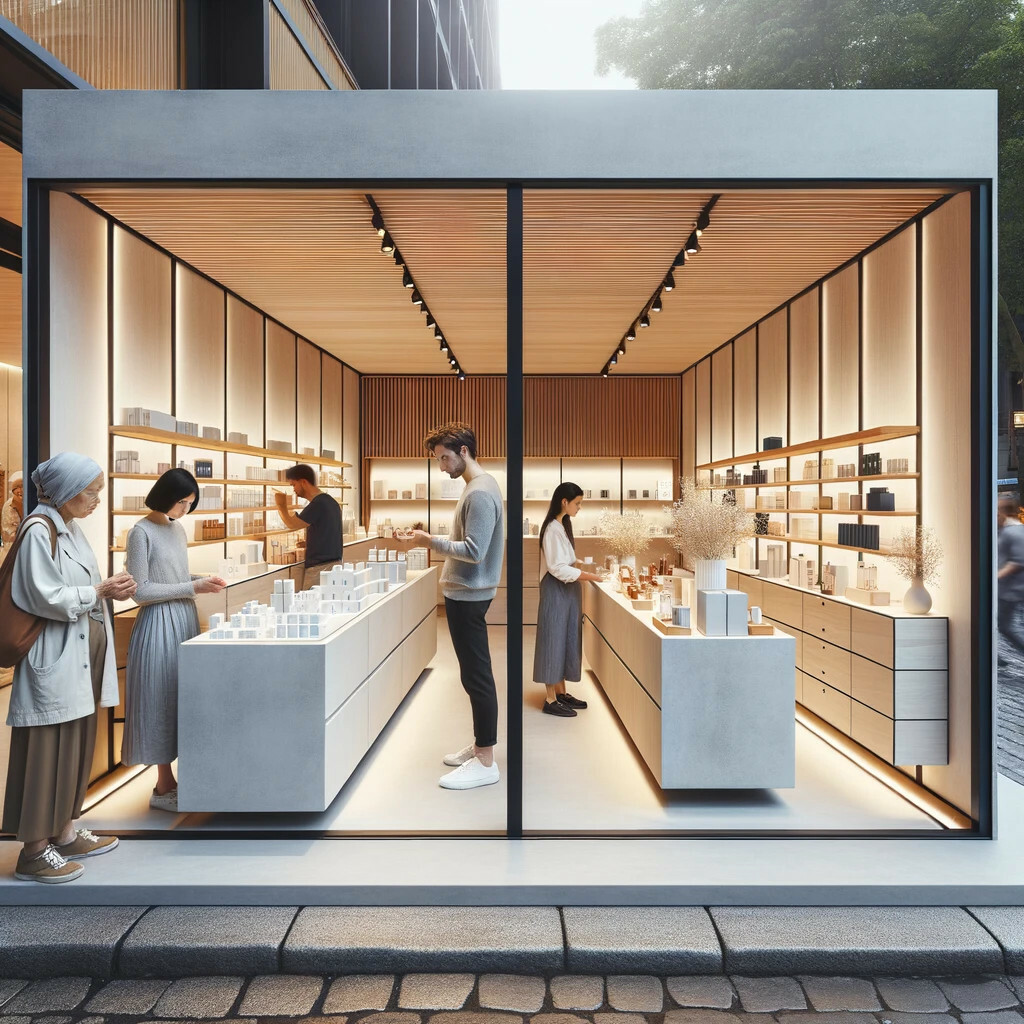
Airbnb’s meteoric rise in the residential property sector is a testament to the power of innovation. They transformed the way people travel by offering unique living spaces for short durations. Drawing inspiration from this model, we at Storefront envisioned a platform where businesses could access commercial properties with similar ease and flexibility. The result? A marketplace where brands can find the perfect spot for pop-up shops, art galleries, or even photo shoots with the perfect natural light.
The Genesis of Storefront:

In the bustling streets of major cities worldwide, the idea for Storefront was born out of a simple observation: prime commercial spaces lying dormant and brands seeking flexible, short-term retail opportunities. The traditional model of long-term leases in brick-and-mortar establishments was proving to be a barrier for many emerging brands.
Recognizing this gap, Storefront was conceptualized with a vision to democratize access to premium retail spaces. The journey wasn’t without its challenges. From convincing property owners of the viability of short-term rentals to ensuring brands recognized the potential of pop-up stores, the initial phase was a learning curve. However, with a steadfast vision and a commitment to revolutionizing the retail landscape, Storefront emerged as the leading platform connecting brands with ideal spaces.
The Tech Behind the Magic:
At the heart of Storefront’s success lies cutting-edge technology. Our platform boasts an intuitive user interface, designed keeping both brands and property owners in mind. With just a few clicks, brands can filter spaces based on location, size, and type, making the search process seamless.
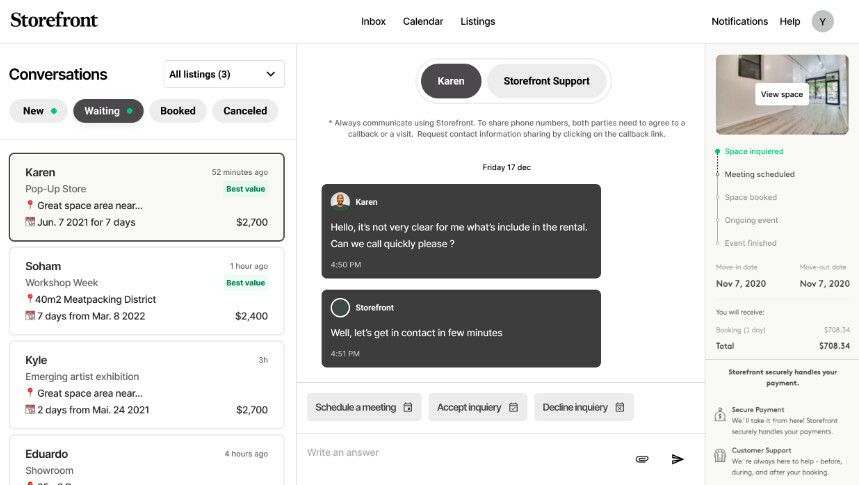
But the real magic lies in our proprietary matching algorithm. By analyzing a brand’s requirements and preferences, the algorithm suggests spaces that are the perfect fit, reducing the time and effort typically associated with finding a retail space. Additionally, we’ve incorporated features like virtual tours, allowing brands to explore spaces without physical visits. As we continue to evolve, we’re constantly exploring tech innovations, from augmented reality previews to AI-driven insights, ensuring that our users always have a competitive edge.
The Digital Transformation of Commercial Real Estate:
In today’s digital age, the real estate industry is undergoing a significant transformation. Platforms like Storefront are leading the charge, offering a unique online marketplace for rental property, specifically catering to commercial operators. With a focus on short-term rental properties, we provide businesses with a wide range of options, from private offices to entire apartment buildings, tailored to their specific needs.
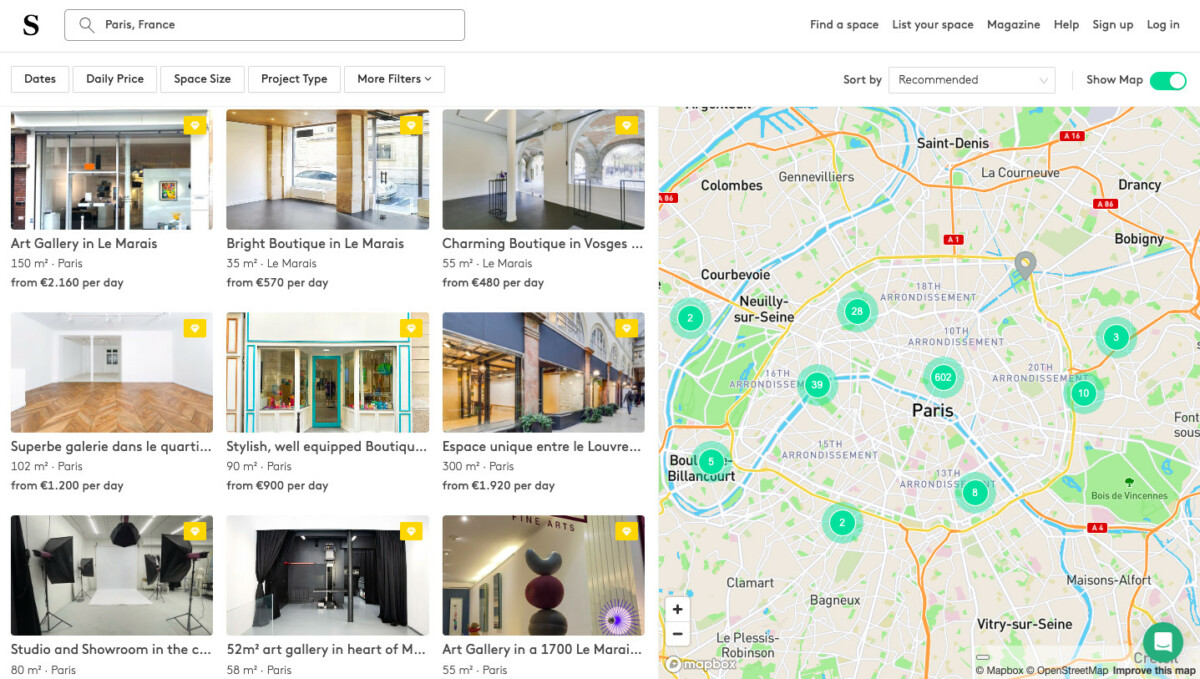
This digital approach not only simplifies the process of finding the right office space or investment property but also offers transparency and efficiency. Property owners can list their property for sale or rent, complete with high-quality photos, ensuring potential renters get a comprehensive view. Moreover, the platform ensures that all commercial rates and other relevant details are transparently listed.
This all-in-one platform approach, combined with our commitment to safety and trust, ensures that both business owners and individual hosts find value. Whether you’re a startup looking for temporary office space in Santa Monica or an investor eyeing commercial investment properties, Storefront is your trusted partner in the commercial real estate market.
Safety and Trust at Storefront:
Trust is the cornerstone of our platform. We understand the apprehensions both brands and property owners might have, and we’ve implemented robust measures to address them. Every space listed on Storefront undergoes a thorough vetting process, ensuring that the descriptions are accurate and the spaces meet our quality standards.

For added peace of mind, we’ve partnered with leading insurance providers to offer coverage for any unforeseen incidents during rentals. Our dispute resolution mechanism is designed to be fair and transparent, ensuring that in the rare event of disagreements, both parties have a platform to voice their concerns and find amicable solutions.
Storefront’s Value Proposition:
- Cost and Time Efficiency: We understand the challenges businesses face, especially when it comes to overheads. That’s why we’re thrilled to share that opening a pop-up via Storefront typically costs an average of $2,000. Compare this to the traditional brick and mortar store setup, which can set you back by $98,000. Time is money, and with our platform, businesses can set up in just 12 days, a significant reduction from the traditional 60-day timeframe.
- Boosted Sales and Profitability: Our platform isn’t just about savings; it’s about amplifying profits. On average, our top pop-ups report sales of $1,230 per square foot. In the traditional retail environment, this figure stands at $341. Moreover, for every dollar our merchants invest in rent, they reap $7 in retail sales.
- A Testament to Our Impact: Our journey has been incredible. Over 1,000 merchants in bustling cities like New York and San Francisco have partnered with us, generating a cumulative $40 million in sales. These numbers are a testament to the trust businesses place in Storefront.
Comparing Traditional vs. Pop-Up Retail:
The retail landscape has seen a paradigm shift in recent years. Traditional retail, characterized by long-term leases, high overheads, and a static presence, has its merits. It offers stability, a constant presence, and can be a testament to a brand’s longevity. However, it’s not without its drawbacks. High costs, inflexibility, and the risk of long-term commitments in volatile markets are some of the challenges.
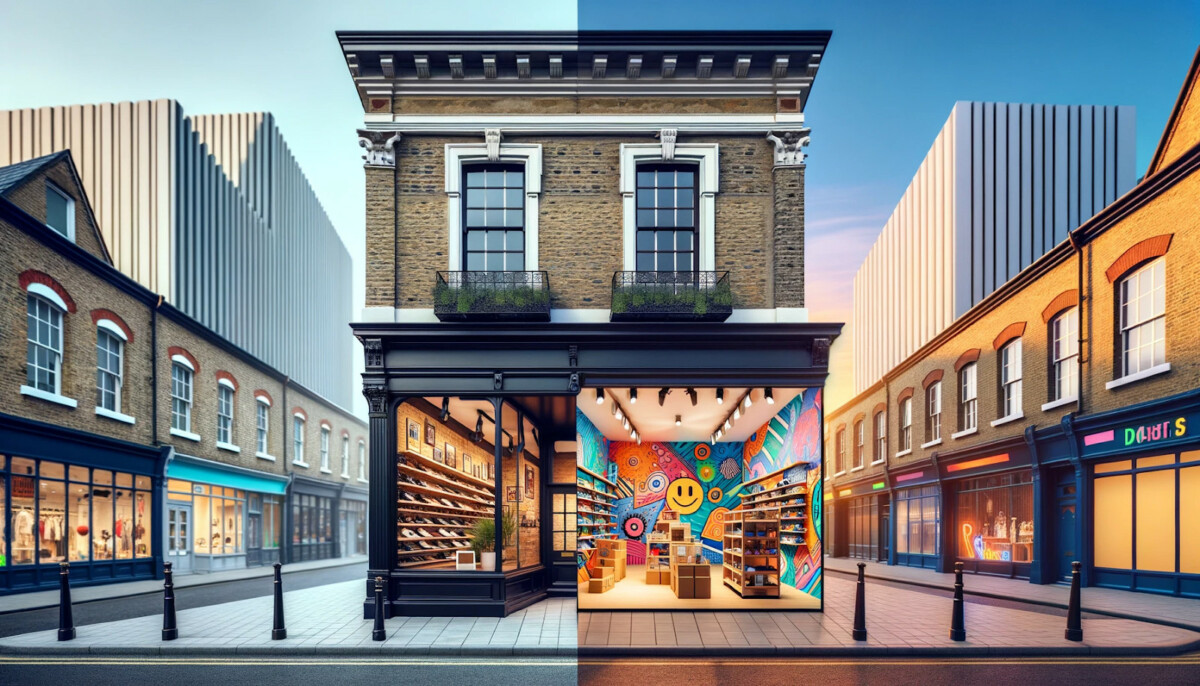
On the other hand, pop-up retail, championed by platforms like Storefront, offers a fresh perspective. The flexibility to change locations, test new markets, and adapt to trends quickly are undeniable advantages. Pop-ups also create a sense of urgency among consumers, driving footfall and sales. The costs are significantly lower, and the short-term commitments mean brands can be agile and responsive. While pop-ups might not replace traditional retail entirely, they’re certainly a formidable counterpart, offering brands a modern approach to reaching their consumers.
Embracing the Pop-Up Culture:

The pop-up culture is more than just a trend; it’s a movement that reflects the evolving consumer mindset. Today’s consumers crave unique experiences, limited-time offerings, and the thrill of discovering something new. Pop-ups cater to this very sentiment. They’re not just temporary retail spaces; they’re immersive brand experiences.
They allow brands to tell their stories in innovative ways, engage with their audience on a personal level, and gather real-time feedback. Moreover, in an age where e-commerce is booming, pop-ups provide the tactile experience that online shopping can’t. They bridge the gap between the digital and physical realms, offering the best of both worlds.
For brands, this means an opportunity to create buzz, test new products, and even enter new markets with minimal risk. For consumers, it’s a chance to connect with their favorite brands in novel ways. In essence, the pop-up culture is reshaping the retail narrative, making it more dynamic, interactive, and consumer-centric.
In Conclusion:
At Storefront, we’re not just offering commercial spaces; we’re crafting experiences, fostering business growth, and redefining industry norms. Our platform is a testament to the symbiotic relationship between brands and property owners, where both parties benefit. As we continue our journey, we invite you to be a part of this retail revolution. After all, we’re not just any platform; we’re the Airbnb for commercial spaces.
- How Your Business Can Benefit from the Right Office Space in Dubai - November 14, 2023
- How to Open a Successful Art Gallery in Dubai - November 14, 2023
- How to Choose the Perfect Showroom Space in Dubai - November 14, 2023





